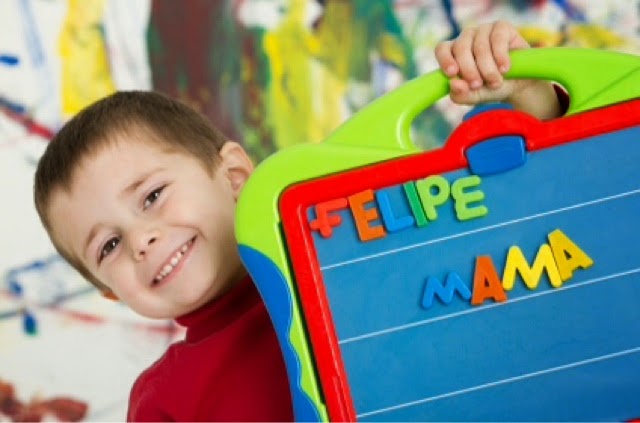Guest post
Children in high-achieving countries around the world spend an average of 200 days in the classroom each year. In the U.S., the average is 180. And while time at school isn’t the only factor at play here, it undoubtedly has a role.
The good news is that as parents, we easily make up for that lost time and help our children be more academically competitive – not by taking weeks off of work, but by encouraging our kids to learn in fun 15-minute intervals. Best of all, those snippets of learning can take place during what we normally consider as “wasted time” – in line at a store, in the car, or waiting for a sibling’s soccer practice to end – those times when boredom and whininghave a way of putting everyone on edge.
With the digital devices we carry with us all the time, we can provide our kids with hours and even days of extra learning and skill-building. Researchers on mobile learning have found that small increments of academic practice or game-playing is beneficial to students by ensuring that “only a few points are made at a time. This leads to enhanced retention, probably as a result of minimizing cognitive overload.”
To encourage our own kids to take advantage of lost time, we instituted the following deal: “15 for 30 up to two.” If they read or play an educational game for 15 minutes, they can earn 30 minutes of their favorite electronics up to a maximum of two hours a day. “Despite their repute as mind-numbing toys, digital games have been shown to help children gain content and vital 21st century skills, from literacy to complex problem solving.
Educational digital games offer a promising and untapped opportunity to leverage children’s enthusiasm and help transform teaching and learning in America.” Fifteen minutes worked well to get them in the habit of filling lost time with productive play.
To get ideas for what would be most valuable, we talked with our kids’ teachers to find out what they were studying in the classroom that year and then searched for tools, apps, and games that reinforced those concepts. For example, when my son had to learn the U.S. states and their capitals, we found an app that not only helped him memorize the information, but also showed the shape of the state and where it was located so he learned a little geography.
Younger children learning Spanish and working on their reading skills can subscribe to the Wonderful World of Maggie McNair to have six to nine pages pushed to their parents phone a couple of times a week. These humorous bilingual stories not only teach a second language, but also help kids learn good habits and fun science facts.
With mobile learning tools in your pocket you never have to worry about leaving the book at home. When done well, kids get so engaged with the games and devices that they easily go beyond the 15-minute challenge, making it easy for you to help them achieve another 20 days of learning in a year.
Cindy Davis is chief marketing officer for Muuzii, a pioneer in real-time language translation technology and services. www.muuzii.com

